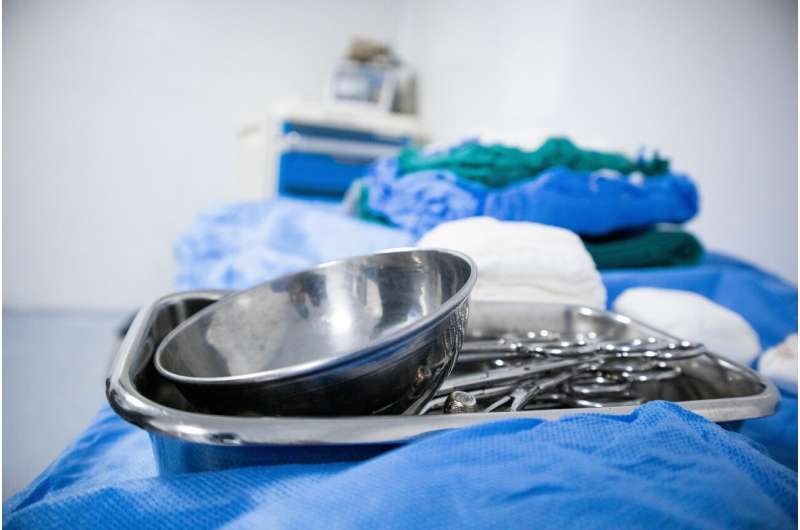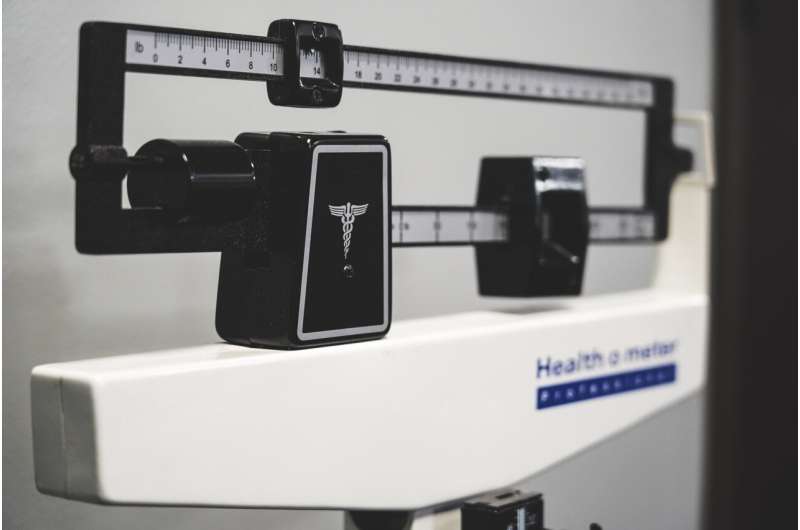New Insights into Cilia Linking Autism and Heart Defects Offer Promise for Early Diagnosis

Emerging research reveals that cilia, tiny cell structures, are key to understanding the biological link between autism and congenital heart defects, paving the way for early diagnosis and intervention.
Recent research has shed light on a groundbreaking connection between tiny cellular structures called cilia and the development of both autism spectrum disorders and congenital heart disease. Autism affects approximately 1 in 100 children worldwide, and early diagnosis is crucial for implementing interventions that can significantly improve their development and quality of life. While genetics have identified over 200 genes associated with autism, predicting individual risk remains complex.
Interestingly, autism often co-occurs with congenital heart defects, which impact the structure and function of the heart. Since congenital heart disease can typically be diagnosed at birth, scientists are exploring whether it can serve as an early indicator for autism risk.
A team led by Dr. Helen Willsey from the University of California, San Francisco, has discovered that cilia—microscopic hair-like structures present on nearly all cells—play a pivotal role in the shared biology of autism and heart defects. Their study, published in the journal Development on June 24, 2025, reveals that mutations in specific genes affect cilia function, which in turn impacts both brain and heart development.
The researchers focused on 45 genes that influence nerve cell growth and found that all these genes operate through cilia. In experiments involving mutated human nerve cells, they demonstrated that disruptions in cilia caused defects in cell movement and communication. Moreover, by manipulating the taok1 gene in frog embryos, the team observed impaired cilia formation, leading to developmental issues in the brain and heart.
These findings suggest that genetic alterations affecting cilia could be a common factor underpinning both autism and congenital heart disease. Identifying such genetic markers early could prioritize at-risk children for monitoring and early intervention, potentially transforming the approach to diagnosis and treatment.
Overall, this research uncovers a novel biological pathway that bridges neurodevelopmental and cardiac conditions, opening new avenues for early detection and therapeutic strategies. As Dr. Willsey noted, 'what we discovered is just the surface of the intersection between autism and congenital heart disease,' emphasizing the importance of further studies in ciliary biology for comprehensive understanding and intervention.
Stay Updated with Mia's Feed
Get the latest health & wellness insights delivered straight to your inbox.
Related Articles
Study Finds Preoperative GLP-1 Therapy Safe and Effective for Obese Surgical Patients
A groundbreaking study shows that GLP-1 receptor agonists are safe and effective for weight management in obese patients before surgery, potentially reducing post-operative complications without increasing risk. Further research is needed to confirm these findings and expand clinical guidelines.



